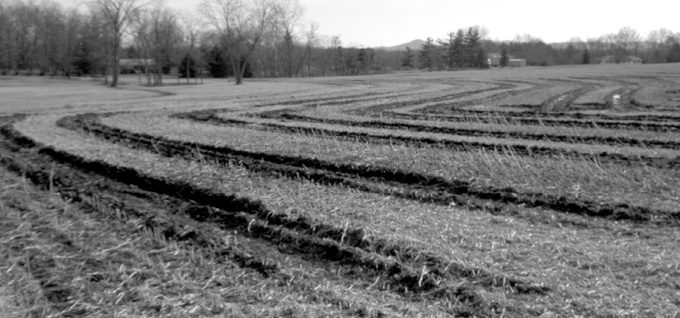No-Till Farmer
Get full access NOW to the most comprehensive, powerful and easy-to-use online resource for no-tillage practices. Just one good idea will pay for your subscription hundreds of times over.

In many areas in the middle of the country, the dry summer suddenly turned extremely wet with widespread flooding, and even no-till fields were saturated and vulnerable to runoff problems.
Where the heavy rains turned small ruts into large ones, no-tillers face the prospect of leveling their fields. Other no-tillers might have to do the same if they leave ruts while harvesting in wet soils, and compaction may be a threat in many fields.
Randall Reeder, an agricultural engineer for Ohio State University, warns that tires can sink deep into the soil and that ruts are a sign of compaction. Although fields in continuous no-till, including strip-till, can be expected to come through harvest in better condition than conventionally tilled fields, even no-tillers can have problems.
“There can be deep soil compaction even where big tires sink only a couple of inches,” he says. A wet fall harvest season could lead to soil compaction problems that are worse, and last longer, than most no-tillers have experienced, he adds.
Reeder offers advice to no-tillers facing problems with ruts and compaction. First, understand that such problems can be affected by the soil types in the field. In Ohio, Hoytville silty clay loam is much more likely to produce lower yields after severe compaction than other types, such as Kokomo or Crosby, he says. And be aware of variations in the same field. For example, on low areas and on slopes with exposed subsoil, the combine might leave deep ruts…